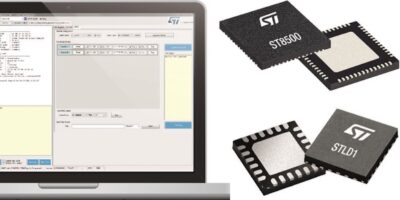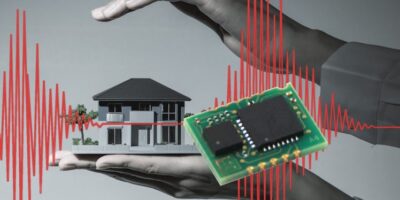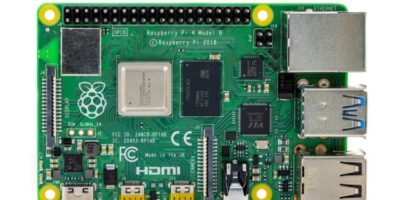A plug-and-play powerline communication (PLC) development toolset from STMicroelectronics provides all the hardware and software components needed to build and run a PLC application. It is designed to accelerate the development of turnkey powerline networks.
It lets developers connect smart devices using the ST8500/STLD1 chipset, used in utility-class smart-meter projects, on ST’s EVALKITST8500-1 evaluation kit for the ST8500 PLC modem system-on-chip and STLD1 dual line driver.
The hardware, software and documentation tools include the certified protocol stacks for G3-PLC communication in all frequency bands up to 500kHz (CENELEC-A, CENELEC-B and FCC bands certified), a 6LowPAN adaptation layer for IPv6 that enables scalable networking, and single modem protocol engine and real-time engine firmware images for both PAN co-ordinator and device nodes.
There is also support for self-adaptive and mesh networking, allowing use in electrically noisy environments. For cyber security, there is an AES cryptography engine with up to a 256-bit key.
The toolset provides an open-source firmware framework based on the STM32 general purpose companion microcontroller for the chipset, ready for users to create and integrate application firmware.
Application examples for the STM32 include remote control of indicator LEDs, real-time clock (RTC) configuration, and ping and string data transfers between nodes. The application firmware example implements a UDP/IPv6 protocol on top of the 6LowPAN adaptation layer of the G3-PLC communication layers running on the ST8500.
The toolset also includes ST’s STSW-SGKITGUI SmartGrid LabTool, a PC-based graphical user interface (GUI) to allow users to configure and control the EVALKITST8500-1 hardware, run application commands, and apply firmware upgrades. Supporting documentation is also provided, including the STM32 Firmware User Manual and G3-PLC host interface driver application note.
According to STMicroelectronics, developers can use the toolset for smart home, smart building, smart city, smart infrastructure, and smart energy applications.
The toolset is available now and free to qualified potential customers.







